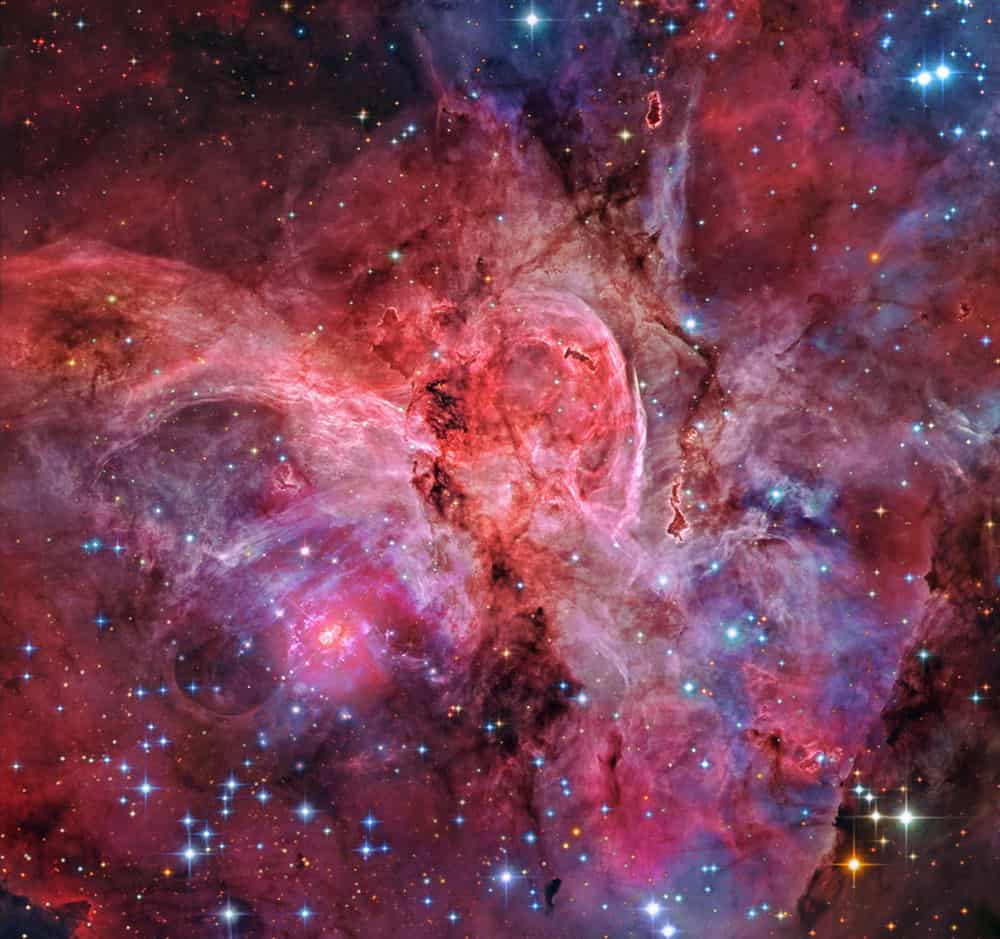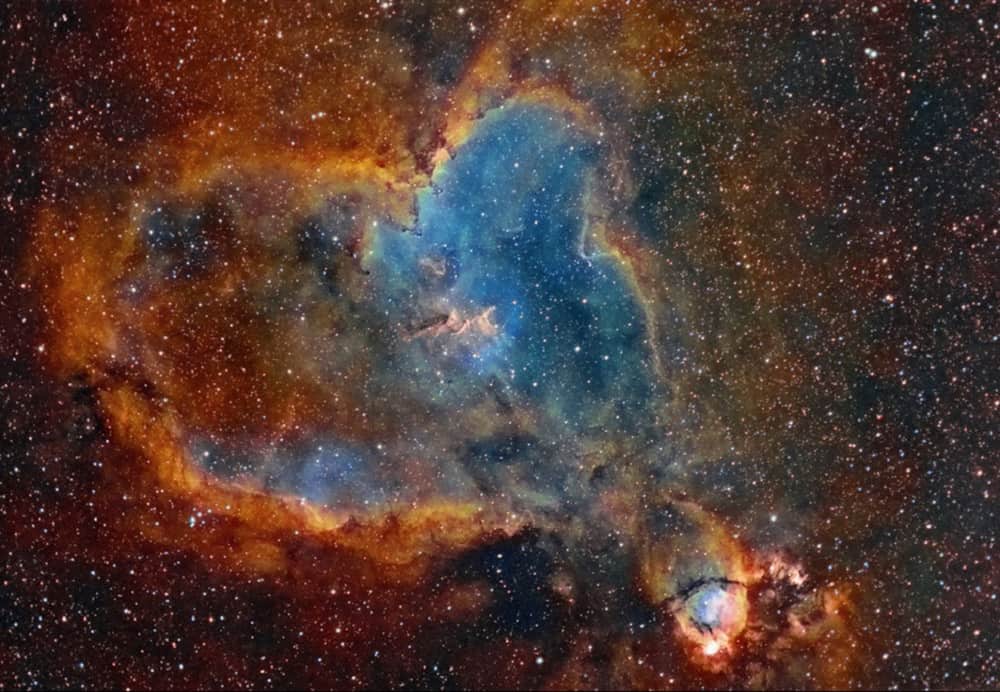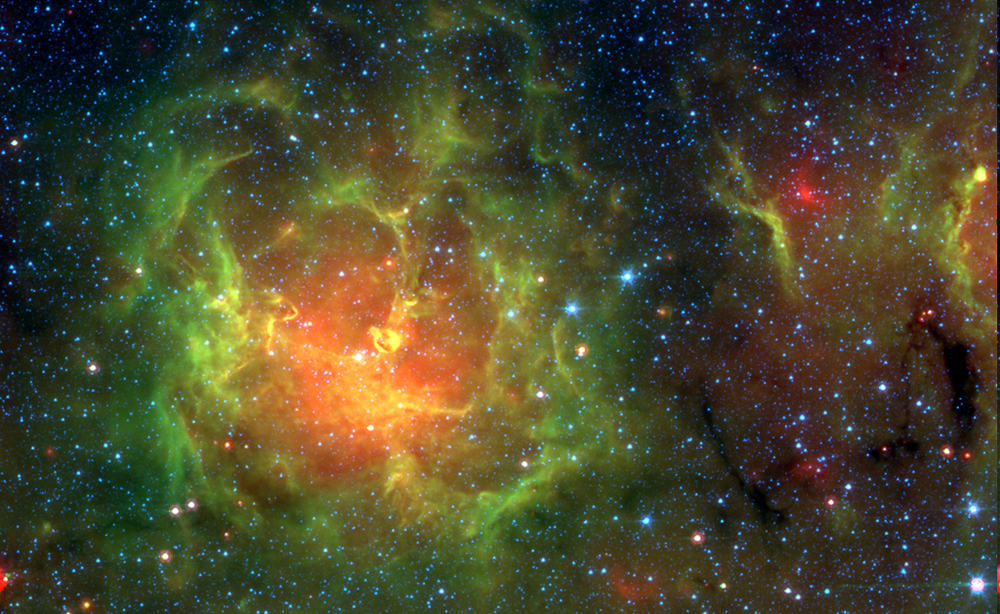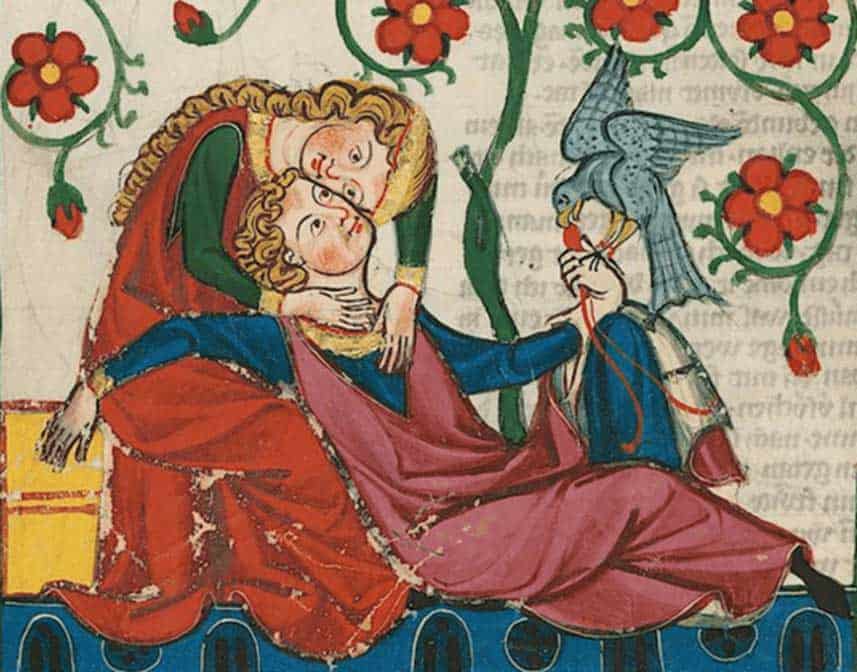Blog
Machito (born Francisco Raúl Gutiérrez Grillo, February 16, 1908 – April 19, 1984) was a Latin jazz musician who helped refine Afro-Cuban jazzand create both Cubop and salsa music. He was raised in Havana with the singer Graciela, his foster sister.
In New York City, Machito formed the band the Afro-Cubans in 1940, and with Mario Bauzá as musical director, brought together Cuban rhythms and big band arrangements in one group. He made numerous recordings from the 1940s to the 1980s, many with Graciela as singer. Machito changed to a smaller ensemble format in 1975, touring Europe extensively. He brought his son and daughter into the band, and received a Grammy Award in 1983, one year before he died.
Machito’s music had an effect on the lives of many musicians who played in the Afro-Cubans over the years, and on those who were attracted to Latin jazz after hearing him. George Shearing, Dizzy Gillespie, Charlie Parker and Stan Kenton credited Machito as an influence. An intersection in East Harlem is named “Machito Square” in his honor.
Machito gave conflicting accounts of his birth. He sometimes said he was a native Cuban from Havana. Other accounts place his birth in Tampa, Florida, making him an American of Cuban ancestry. He may have been born in 1908 in the Jesús María district of Havana or in Tampa, 1909 in the Marianao Beach district of Havana or in Tampa, 1912 in Tampa or Havana, or even 1915 in Havana.
more...A jewel of the southern sky, the Great Carina Nebula, also known as NGC 3372, spans over 300 light-years, one of our galaxy’s largest star forming regions. Like the smaller, more northerly Great Orion Nebula, the Carina Nebula is easily visible to the unaided eye, though at a distance of 7,500 light-years it is some 5 times farther away. This gorgeous telescopic close-up reveals remarkable details of the region’s central glowing filaments of interstellar gas and obscuring cosmic dust clouds in a field of view nearly 20 light-years across. The Carina Nebula is home to young, extremely massive stars, including the still enigmatic and violently variable Eta Carinae, a star system with well over 100 times the mass of the Sun. In the processed composite of space and ground-based image data a dusty, two-lobed Homunculus Nebula appears to surround Eta Carinae itself just below and left of center. While Eta Carinae is likely on the verge of a supernova explosion, X-ray images indicate that the Great Carina Nebula has been a veritable supernova factory.

Melissa Manchester (born February 15, 1951) is an American singer-songwriter and actress. Since the 1970s, her songs have been carried by adult contemporary radio stations. She has also appeared on television, in films, and on stage.
Manchester was born in the Bronx, a borough of New York City, to a musical family. Her father was a bassoonist for the New York Metropolitan Opera. Her mother was one of the first women to design and found her own clothing firm, Ruth Manchester Ltd. Manchester hails from a Jewish background. Manchester started a singing career at an early age. She learned the piano and harpsichord at the Manhattan School of Music, began singing commercial jingles at age 15, and became a staff writer for Chappell Music while attending Manhattan’s High School of Performing Arts.
She studied songwriting at New York University with Paul Simon. Manchester played the Manhattan club scene, where she was discovered by Barry Manilow, who introduced her to Bette Midler. In 1971 she became a member of the Harlettes, the back-up singers for Midler.
Manchester made a brief speaking appearance as “Yoko Ono” on the 1972 album National Lampoon Radio Dinner, on the track entitled “Magical Misery Tour”, and as the singer in “Deteriorata“.
Her debut album, Home to Myself, was released in 1973; Manchester co-wrote many of its songs with Carole Bayer Sager. Two years later, Manchester’s album Melissa produced her first top-ten hit, “Midnight Blue“, which enjoyed 17 weeks on the Billboard Hot 100 charts. The song’s peak position was #6 for the week of August 9, 1975.
She also performed the song live on Burt Sugarman’s television series Midnight Special in 1974. Manchester appeared with Richie Havens, Melanie, and Frankie Valli as a contributor and performer in the 1977 NBC special documentary “How the Beatles Changed the World”. Manchester collaborated with Kenny Loggins to co-write Loggins’ 1978 hit duet with Stevie Nicks, “Whenever I Call You Friend”. She would later record this for her 1979 Melissa Manchester album. She guest-starred on the CBS-TV daytime soap opera Search for Tomorrow to teach a main character (played by Michael Nouri), who played a singer-songwriter, the essentials of the craft. In 1979, Manchester reached #10 with her version of Peter Allen‘s “Don’t Cry Out Loud“, for which she received a Grammy nomination for Best Pop Female Vocal Performance.
more...Nathan Tate Davis (February 15, 1937 – April 8, 2018) was an American jazz multi-instrumentalist who played the tenor saxophone, soprano saxophone, bass clarinet, and flute. He is known for his work with Eric Dolphy, Kenny Clarke, Ray Charles, Slide Hampton and Art Blakey.
Davis traveled extensively around Europe after World War II and moved to Paris in 1962. He held a Ph.D in Ethnomusicology from Wesleyan University and was a professor of music and director of jazz studies at the University of Pittsburgh from 1969, an academic program that he helped initiate. He was also founder and director of the University of Pittsburgh Annual Jazz Seminar and Concert, the first academic jazz event of its kind in the United States. He also helped to found the university’s William Robinson Recording Studio as well as establish the International Academy of Jazz Hall of Fame located in the school’s William Pitt Union and the University of Pittsburgh-Sonny Rollins International Jazz Archives. Davis retired as director of the Jazz Studies Program at Pitt in 2013. Davis also served as the editor of the International Jazz Archives Journal.
One of Davis’ best known musical associations was heading the Paris Reunion Band (1985-1989), which at different times included Nat Adderley, Kenny Drew, Johnny Griffin, Slide Hampton, Joe Henderson, Idris Muhammad, Dizzy Reece, Woody Shaw, and Jimmy Woode. Davis also toured and recorded with the post-bop ensemble leading Roots which he formed in 1991. Davis composed various pieces, including a 2004 opera entitled Just Above My Head. Davis died in Palm Beach, Florida, at the age of 81.
more...Kirkland “Kirk” Lightsey (born February 15, 1937, Detroit, Michigan) is an American jazz pianist.
Lightsey had piano instruction from the age of five and studied piano and clarinet through high school. After service in the Army, Lightsey worked in Detroit and California in the 1960s as an accompanist to singers. He also worked with jazz musicians such as Yusef Lateef, Betty Carter, Pharoah Sanders, Bobby Hutcherson, Sonny Stitt, Chet Baker, and Kenny Burrell. From 1979 to 1983 he toured with Dexter Gordon and was a member of The Leaders in the late 1980s. During the 1980s he led several sessions of his own, including duets with pianist Harold Danko. In the 1980s and since he has worked with Jimmy Raney, Clifford Jordan, Woody Shaw, David Murray, Joe Lee Wilson, the late, great, Irish guitarist Louis Stewart, Adam Taubitz, Harold Land and Gregory Porter.
He is also an accomplished flautist and occasionally doubles on flute in live performances. He has been living in Paris since 2000.
https://www.youtube.com/watch?v=cEoYz1bhhug
more...James “Kokomo“ Arnold (February 15, 1896 or 1901 – November 8, 1968) was an American blues musician. A left-handed slide guitarist, his intense style of playing and rapid-fire vocal delivery set him apart from his contemporaries. He got his nickname in 1934 after releasing “Old Original Kokomo Blues” for Decca Records, a cover version of Scrapper Blackwell‘s blues song about the city of Kokomo, Indiana.
Arnold was born in Lovejoy’s Station, Georgia. Most sources give the date his birth as 1901, but the researchers Bob Eagle and Eric LeBlanc give the date as 1896, on the basis of information in the 1900 census. He learned the basics of playing the guitar from his cousin, John Wiggs.
Arnold began playing in the early 1920s as a sideline, when he was working as a farmhand in Buffalo, New York, and as a steelworker in Pittsburgh, Pennsylvania. In 1929 he moved to Chicago and ran a bootlegging business, an activity he continued until the end of Prohibition. In 1930 he moved south briefly and made his first recordings, “Rainy Night Blues” and “Paddlin’ Madeline Blues”, under the name Gitfiddle Jim, for the Victor label in Memphis. He soon moved back to Chicago, where he was forced to make a living as a musician after Prohibition ended in 1933. Kansas Joe McCoy heard him and introduced him to Mayo Williams, a producer for Decca Records.
From his first recording for Decca, on September 10, 1934, until his last, on May 12, 1938, Arnold made 88 sides, seven of which have been lost.
Arnold, Peetie Wheatstraw and Bumble Bee Slim were well-known musicians in Chicago blues circles at that time. Wheatstraw and Arnold, in particular, were also major influences on their contemporary, the Delta blues artist Robert Johnson. Johnson turned “Old Original Kokomo Blues” into “Sweet Home Chicago” and “Milk Cow Blues” into “Milkcow’s Calf Blues“. Another Arnold song, “Sagefield Woman Blues”, introduced the phrase “dust my broom“, which Johnson used as a song title.
https://www.youtube.com/watch?v=u4Rva6F_hro
more...The Heart Nebula, IC 1805, Sharpless 2-190, lies some 7500 light years away from Earth and is located in the Perseus Arm of the Galaxy in the constellation Cassiopeia. It was discovered by William Herschel on 3 November 1787. It is an emission nebula showing glowing ionized hydrogen gas and darker dust lanes.
The brightest part of the nebula (a knot at its western edge) is separately classified as NGC 896, because it was the first part of the nebula to be discovered. The nebula’s intense red output and its morphology are driven by the radiation emanating from a small group of stars near the nebula’s center. This open cluster of stars, known as Melotte 15, contains a few bright stars nearly 50 times the mass of our Sun, and many more dim stars that are only a fraction of our Sun’s mass.

Merl Saunders (February 14, 1934 – October 24, 2008) was an American multi-genre musician who played piano and keyboards, favoring the Hammond B-3 console organ.
Born in San Mateo, California, Saunders attended Polytechnic High School in San Francisco. In his first band in high school was singer Johnny Mathis. He served in the Air Force from 1953 to 1957. He worked as musical director of the Billy Williams Revue and served in a similar capacity in Oscar Brown Jr.‘s off-Broadway show, Big Time Buck White.
He gained notice in the 1970s when he began collaborating with Jerry Garcia, with whom he had begun playing in 1971 at a small Fillmore Street nightclub called The Matrix. He sat in with the Grateful Dead, and co-founded the Saunders/Garcia Band which produced three albums, and which became the Legion of Mary with the addition of Martin Fierro (sax) in 1974. It disbanded the following year, but he and Garcia continued to collaborate in the band Reconstruction during 1979, collaborating with Ed Neumeister (trombone), Gaylord Birch (drums) and John Kahn (bass).
He led his own band as Merl Saunders and Friends, playing live dates with Garcia, as well as Mike Bloomfield, David Grisman, Michael Hinton, Tom Fogerty, Vassar Clements, Kenneth Nash, John Kahn and Sheila E.. He also collaborated with Grateful Dead percussionist Mickey Hart in the band High Noon.
more...Samuel Gene Maghett (February 14, 1937 – December 1, 1969), known as Magic Sam, was an American Chicago blues musician. He was born in Grenada County, Mississippi, and learned to play the blues from listening to records by Muddy Waters and Little Walter. After moving to Chicago at the age of 19, he was signed by Cobra Records and became well known as a bluesman after the release of his first record, “All Your Love”, in 1957. He was known for his distinctive tremolo guitar playing.
The stage name Magic Sam was devised by Sam’s bass player and childhood friend Mack Thompson at Sam’s first recording session for Cobra, as an approximation of “Maghett Sam”. The name Sam was using at the time, Good Rocking Sam, was already being used by another artist.
Maghett moved to Chicago in 1956, where his guitar playing earned him bookings at blues clubs on the West Side. He recorded singles for Cobra Records from 1957 to 1959, including “All Your Love” and “Easy Baby”. They did not reach the record charts but had a profound influence, far beyond Chicago’s guitarists and singers. Together with recordings by Otis Rush and Buddy Guy (also Cobra artists), the Westside Sound was a manifesto for a new kind of blues.
more...Dwike Mitchell (born Ivory Mitchell Jr.; February 14, 1930 – April 7, 2013) was an American piano player and teacher. He began his career as pianist for the Lionel Hampton Orchestra before joining Willie Ruff to form The Mitchell-Ruff Duo jazz group.
Mitchell was born and raised in Dunedin, Florida. He began playing piano around the age of three after his father, who had a job driving a garbage truck, brought home an old piano discarded by its owner. With the help of his mother, who made him play exercises and scales, and a cousin, who had been taking piano lessons herself, Mitchell soon displayed an exceptional aptitude for the instrument.
After graduating from the Academy, Mitchell joined the orchestra of the jazz musician Lionel Hampton. Hampton had heard Mitchell play at Lockbourne five years earlier and told him at the time that he wanted him as his pianist. Mitchell had abandoned his given name, Ivory, because of its popular association with piano keys. His new professional name, Dwike, was his mother’s suggestion, based on several family names.
In 1954 Mitchell was reunited with French horn player Willie Ruff, whom Mitchell had befriended when both were stationed at Lockbourne. Ruff had just received a master’s degree in music from Yale and was considering offers from two symphony orchestras. On television, he had seen Lionel Hampton’s orchestra perform on The Ed Sullivan Show and recognized Mitchell when the camera panned to the pianist. Ruff immediately phoned the television station, and in the ensuing conversation Mitchell convinced Ruff to abandon his symphony plans and instead join the Hampton orchestra.
In 1955 the two men left the orchestra to form the Mitchell-Ruff jazz duo. The duo placed an emphasis on introducing American jazz music in parts of the world unfamiliar with the idiom. Among these, were visits to the Soviet Union in 1959 and to China in 1981. On the former trip they made a pretext of performing with the Yale Russian Chorus, jazz being prohibited at the time by the Soviet government. In fact, they held two jazz concerts at the Tchaikovsky Conservatory. In appreciation for the duo’s performances, Mitchell and Ruff were invited to attend the Bolshoi Theater to see the final performance of the Russian ballerina Galina Ulanova. The 1981 trip to China marked the first time Americans had played and conducted workshops on jazz in that country after the Cultural Revolution.
https://www.youtube.com/watch?v=opF3LeDLZvg
more...
Argyris Kounadis (Greek Αργύρης Κουνάδης, first name also transcribed Arghyris; born February 14, 1924 in Istanbul, † November 22, 2011 in Freiburg im Breisgau [1]) was a Greek composer.
Kounadis studied piano and composition in Athens with Yannis Papaioannou and from 1958 to 1962 in Freiburg im Breisgau with Wolfgang Fortner. Since 1963 he was a lecturer at the Freiburg University of Music and head of the Ensemble for New Music in Freiburg. He composed several operas, a symphonietta, a piano concerto, a rhapsody for female voice and orchestra, works with chamber musicians and film music.
more...Está sobradamente reconocido no obstante que Jerez es la tierra buleaera por antonomasia. El aire jerezano por bulerías conmueve al más aburrido. Por fiesta se dice al estilo bailable que allí se practica. En esta grabación seis ases del flamenco jerezano, Sernita, Borrico, Terremoto, Sordera, Diamante Negro y Romerito, en una fiesta en el barrio de Santiago dedicada a Tío Parrilla
more...
The Trifid Nebula, also known as Messier 20, is easy to find with a small telescope. About 30 light-years across and 5,500 light-years distant it’s a popular stop for cosmic tourists in the nebula richconstellation Sagittarius. As its name suggests, visible light pictures show the nebula divided into three parts by dark, obscuring dust lanes. But this penetrating infrared image reveals the Trifid’s filaments of glowing dust clouds and newborn stars. The spectacular false-color view is courtesy of the Spitzer Space Telescope. Astronomers have used the infrared image data to count newborn and embryonic stars which otherwise can lie hidden in the natal dust and gas clouds of this intriguing stellar nursery. Launched in 2003, Spitzer explored the infrared Universe from an Earth-trailing solar orbit until its science operations were brought to a close earlier this year, on January 30.

1.2 “/pixel, 22.7×35.5 arcmin
North is 2¡ CCW from up
RA = 18h02m25.61s Dec = -23d01m26.9s
Peter Brian Gabriel (born 13 February 1950) is an English singer, songwriter, record producer and activist who rose to fame as the original lead singer and frontman of the progressive rock band Genesis. After leaving Genesis in 1975, Gabriel launched a successful solo career with “Solsbury Hill” as his first single. His 1986 album, So, is his best-selling release and is certified triple platinum in the UK and five times platinum in the US. The album’s most successful single, “Sledgehammer“, won a record nine MTV Awards at the 1987 MTV Video Music Awards and, according to a report in 2011, it was MTV‘s most played music video of all time.
Gabriel has been a champion of world music for much of his career. He co-founded the WOMAD festival in 1982. He has continued to focus on producing and promoting world music through his Real World Records label. He has also pioneered digital distribution methods for music, co-founding OD2, one of the first online music download services. Gabriel has also been involved in numerous humanitarian efforts. In 1980, he released the anti-apartheid single “Biko“. He has participated in several human rights benefit concerts, including Amnesty International‘s Human Rights Now! tour in 1988, and co-founded the Witness human rights organisation in 1992. Gabriel developed The Elders with Richard Branson, which was launched by Nelson Mandela in 2007.
Gabriel has won three Brit Awards—winning Best British Male in 1987, six Grammy Awards, thirteen MTV Video Music Awards, the first Pioneer Award at the BT Digital Music Awards, the Q magazine Lifetime Achievement, the Ivor Novello Award for Lifetime Achievement, and the Polar Music Prize. He was made a BMI Icon at the 57th annual BMI London Awards for his “influence on generations of music makers”. In recognition of his many years of human rights activism, he received the Man of Peace award from the Nobel Peace Prize laureates in 2006, and Timemagazine named him one of the 100 most influential people in the world in 2008. AllMusic has described Gabriel as “one of rock’s most ambitious, innovative musicians, as well as one of its most political”. He was inducted into the Rock and Roll Hall of Fame as a member of Genesis in 2010, followed by his induction as a solo artist in 2014. In March 2015, he was awarded an honorary doctorate from the University of South Australia in recognition of his achievements in music.
more...More Posts
- Daily Roots Augustus Pablo
- Happy Rosh Hashanah 2024
- Cosmos G82.2+5.3
- Ronnie Laws
- Chubby Checker
- Steve Ray Vaughan
- Steve Reich
- Von Freeman
- World Music Angélique Kidjo & Davido
- Daily Roots Johnny Clarke
- Happy Birthday Mahatma Gandhi
- Cosmos Large Magellanic Cloud Galaxy
- Don McLean
- Sting
- Howard Roberts
- World Music V Koromysle Ensemble
- Daily Roots Dezzy D
- Elisabeth Kubler-Ross “After Death”
- Mayas Wedding 2015
- mick dumbeck
